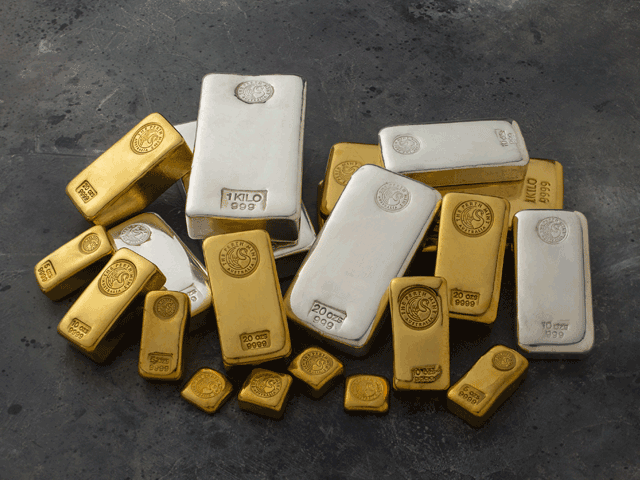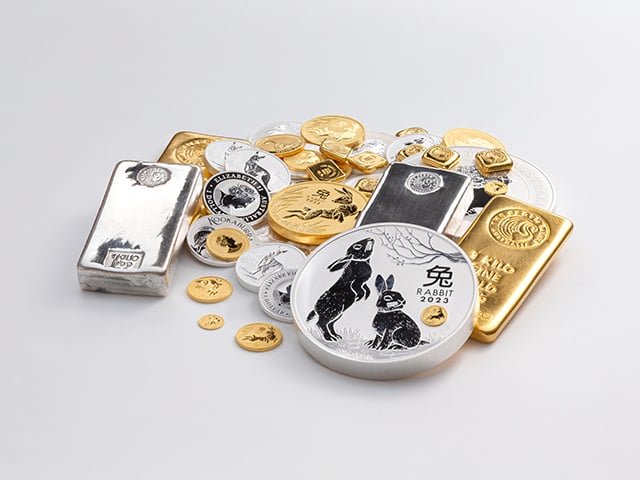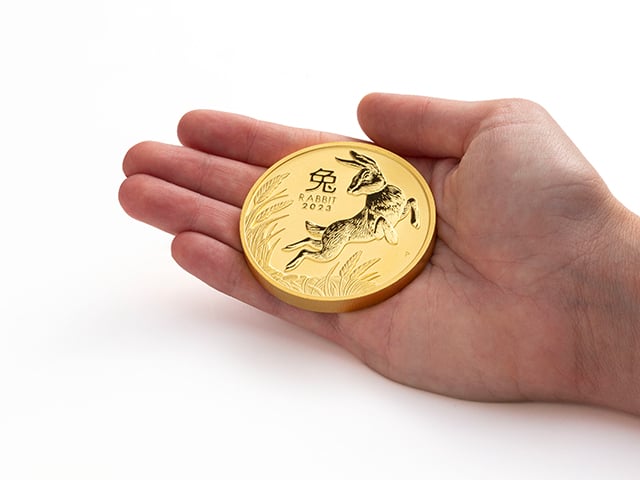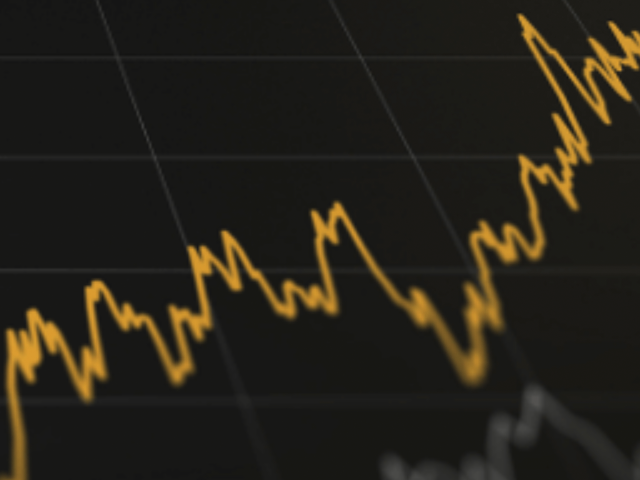Benefits of holding gold in Australian dollars
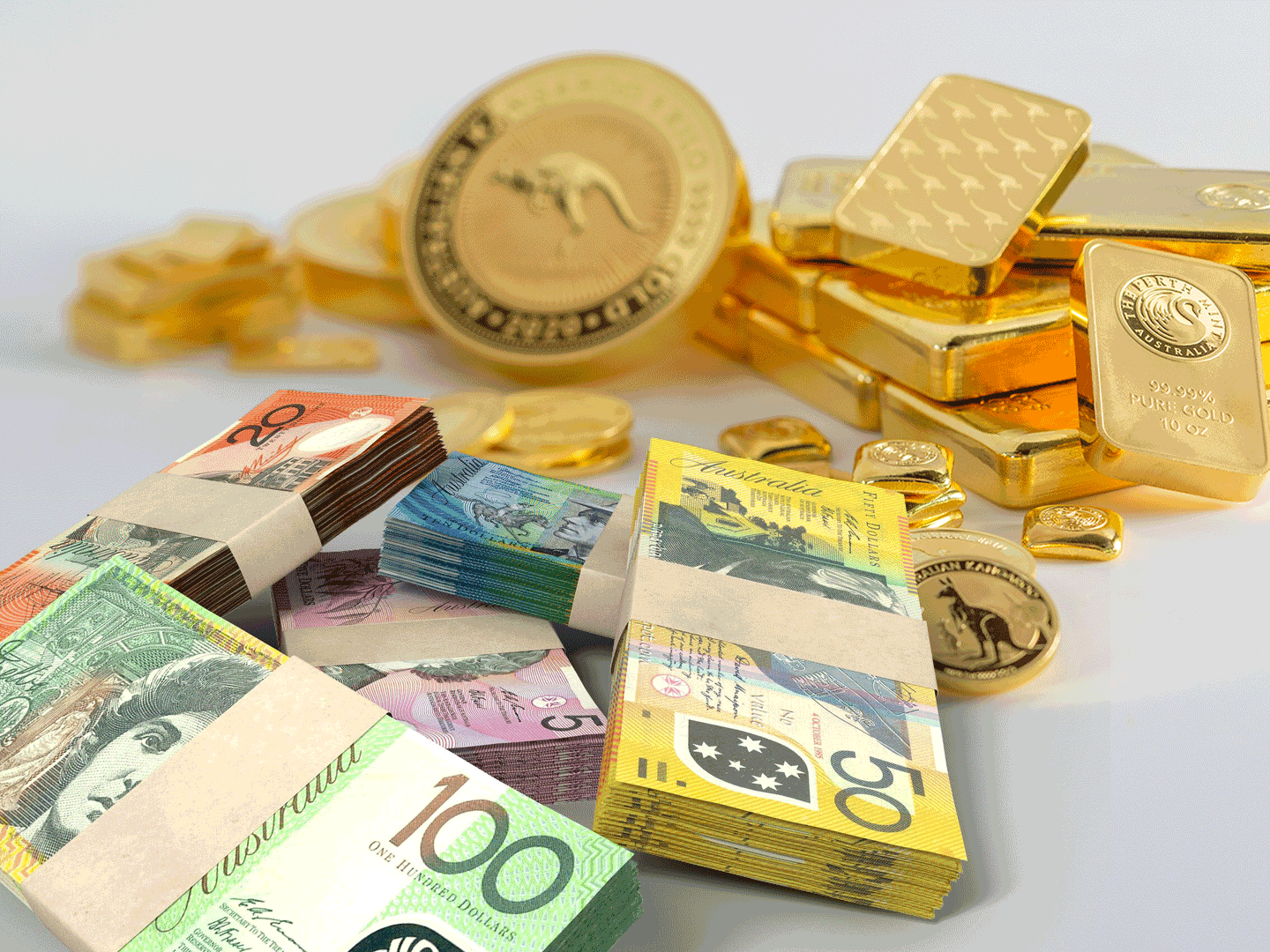
The benefits of owning gold are well documented. In times of inflation, gold has maintained its value when compared to paper (fiat) money. During times of crisis, the price of gold has tended to rise when stocks fall. So, by allocating just a small proportion of their assets to gold, investors can smooth out overall portfolio volatility.
Like other commodities, gold is traded in US dollars. For those seeking the protection of gold in Australia, suppliers generally convert the price into Australian dollars using the AUDUSD exchange rate at the time of purchase. The Perth Mint depository, however, offers buyers of gold the choice of both currencies – begging the question, which is better?
The aim of this article is to show that it is probably wise for local investors to stick with the currency they know best.
Does it matter what currency you buy gold in?
Over the long-run, gold prices in many developed market countries have delivered relatively similar returns, with the difference between the US dollar gold price and the gold price in other currencies often explained by a combination of inflation and interest rate differentials.
The similarities can be seen in the table below which shows the average annual returns for gold across a range of currencies from the year 2000 to the end of June 2022.
Average annual returns (%) – gold in various currencies
January 2000 – June 2022
US dollar
Australian dollar
Euro
Pound stirling
Canadian dollar
Japanese yen
9.8
9.0
9.5
11.0
8.7
9.7
Source: The Perth Mint, World Gold Council historical gold price.
While long-run returns and the role that gold can play in a portfolio tend to be similar irrespective of the currency we are looking at, there are differences in shorter term price movements, volatility and drawdowns.
The following table, looking at the same currencies, highlight these differences.
Best year, worst year, maximum drawdown and volatility – gold in multiple currencies
January 2000 – June 2022
Statistic
US dollar
Australian dollar
Euro
Pound stirling
Canadian dollar
Japanese yen
Best year
57.6
58.4
52.4
55.3
40.4
63.9
Worst year
-27.4
-17.1
-30.7
-29.0
-22.8
-21.0
Maximum drawdown
-41.5
-23.4
-36.7
-36.8
-29.2
-21.0
Volatility
15.8
14.0
15.2
16.9
12.9
13.5
Source: The Perth Mint, World Gold Council historical gold price
Currency impacts magnify protective benefit of gold for Australian investors
When buying gold unhedged in Australian dollars, investors are taking on an additional source of risk and return. They are not only exposed to movements in the US dollar gold price, but also movements in the AUDUSD exchange rate.
Rather than proving problematic, this additional source of risk and return has historically been beneficial for Australian investors looking to hedge equity market risk with a gold allocation, because the Australian dollar typically falls against the US dollar when equity markets fall.
Indeed, since the turn of the century, the Australian dollar has fallen against the US dollar 60% of the time the local equity market has seen a monthly decline. The average decline for the Australian dollar in the months the currency fell alongside the equity market was 3.5%.
In the 40% of times the Australian dollar rose against the US dollar while local equity markets sold off, its average increase was just 2.6%.
To February 2022, this exchange currency effect was worth almost 1.2% in terms of the enhanced portfolio protection Australian investors would have received in the months that equities declined, assuming they held a gold position unhedged in Australian dollars.
Gold price moves when Australian equities fall
January 2000 - June 2022
Currency
Average monthly returns (%)
US dollar gold
0.71
Australian dollar gold - unhedged
1.97
Source: The Perth Mint, World Gold Council, RBA, MarketWatch
Home bias a factor
Most Australians have a home bias when it comes to their portfolio and total pool of assets, a fact underlined in a 2019 article published by Vanguard stating: “The level of equity home bias in Australian portfolios is among the highest in the world.”
This is entirely natural, given the largest asset most of us own, the family home, is priced in Australian dollars. Additionally, people earn most, if not all, of their income in local dollars, and it is a similar story with the cash and term deposits they hold.
Lastly, as it relates to the equity market and Australian investors specifically, there are understandable reasons investors prefer to be “overweight” the ASX (hello franking credits), reinforcing the home bias.
Given this reality, the logic of holding gold unhedged in Australian dollars is arguably even more compelling.
Should the Australian dollar rise, then the vast majority of the assets you own will benefit from this currency appreciation, even if the unhedged gold position you hold underperforms a hedged equivalent.
But if the Australian dollar weakens, then the unhedged gold position will provide additional protection, not only within a portfolio of financial assets, but across the broader pool of real estate, cash and superannuation that most Australians are looking to grow and protect.
For more information about how to invest in gold, visit www.perthmint.com/invest
DISCLAIMER
Past performance does not guarantee future results. The information in this article and the links provided are for general information only and should not be taken as constituting professional advice from The Perth Mint. The Perth Mint is not a financial adviser. You should consider seeking independent financial advice to check how the information in this article relates to your unique circumstances. All data, including prices, quotes, valuations and statistics included have been obtained from sources The Perth Mint deems to be reliable, but we do not guarantee their accuracy or completeness. The Perth Mint is not liable for any loss caused, whether due to negligence or otherwise, arising from the use of, or reliance on, the information provided directly or indirectly, by use of this article.









